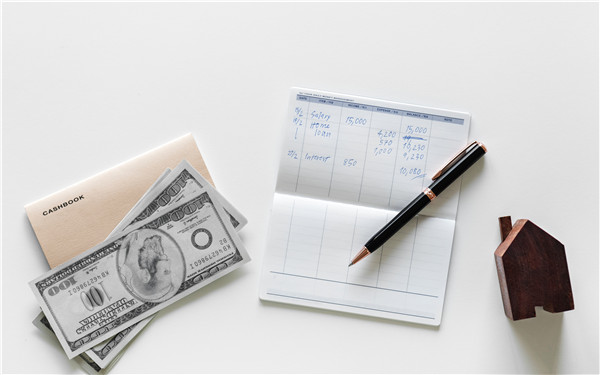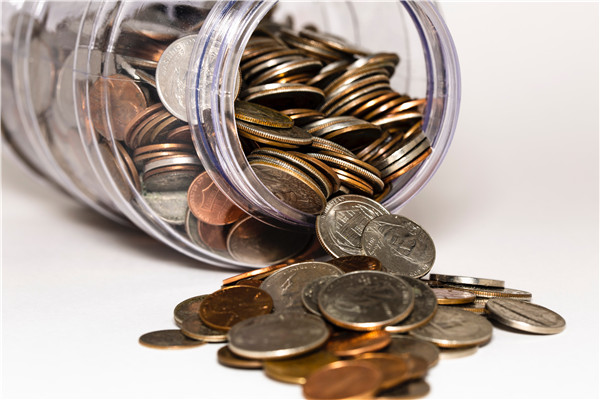Fund Allocation for Mortgage Loan and Instalment
Recently some of my clients and friends are confused on the fund allocation for mortgage loan and instalment. They came to me for discussion. Then I found that these questions are interesting and decided to share them with everyone here. To make it simple, the discussion is on self-occupied properties only.
Question 1: I have excess money after paying the down payment. Should I use this money to invest or pay additional down payment?

This question is open. To make the comparison meaningful, we have to add a condition that if the excess money is used for investment, the pay-out of the investment shall fully be used for future instalments. Let’s see an example. The current value of the property is $1,000,000. The minimum down payment is $200,000. I have excess cash $100,000. Assume that the loan interest rate is fixed as 2%, and the loan tenure is 20 years. Should I invest the excess $100,000 to pay the future instalments or add it to the down payment? The answer is that if I want to invest the excess $100,000, I have to make sure that the investment meets the following two requirements: (1) The annual return of the investment has to be more than the loan interest rate, which is 2% in this example. (2) The investment horizon and liquidity allow it to be withdrawn within the tenure of the loan (which is 20 years in this example) to pay the instalments.
Question 2: Should I use cash or the CPF-OA money to pay down payment / instalments?

The first $20,000 account balance in CPF-OA is able to earn 3.5% interest, and it is also an emergency reserve for future. So keeping the first $20,000 in CPF-OA is usually recommended if possible. The remaining account balance in CPF-OA can only earn 2.5% interest. If you can invest your cash to beat this 2.5% return, you can consider using more of your CPF-OA account balance to pay the down payment / instalments.
P.S. I’m Tony, Your one stop trustworthy financial service provider. Find Out More …

 Tony
Tony
 September 14, 2018
September 14, 2018


